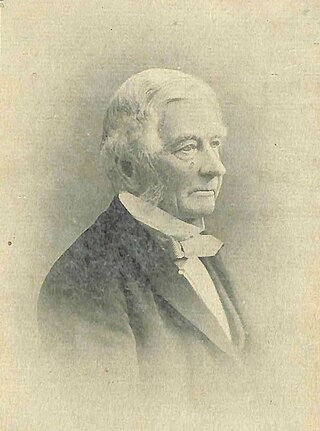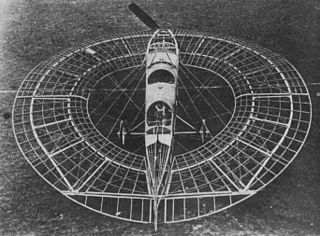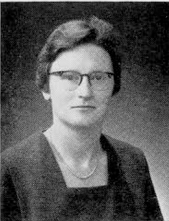Related Research Articles
The Garrard & Blumfield or Blumfield & Garrard was an English electric car manufacturer from 1894 to 1896. The company is presumed to have been founded by C. R. Garrard and T. W. Blumfield.
Robert Wingate (1832–1900) was a British civil engineer who built railways in Canada, Russia, Hungary and Uruguay.

The Telford Medal is a prize awarded by the British Institution of Civil Engineers (ICE) for a paper or series of papers. It was introduced in 1835 following a bequest made by Thomas Telford, the ICE's first president. It can be awarded in gold, silver or bronze; the Telford Gold Medal is the highest award the institution can bestow.
John Imray assisted in founding the Chartered Institute of Patent Agents in 1882, and served as President of the Institute from 1884 to 1886, and was therefore the second such President of the Institute.

Coleman Sellers II was a prominent American engineer, chief engineer of William Sellers & Co., professor of mechanics at the Franklin Institute, professor of engineering practice at Stevens Institute of Technology and inventor. He obtained more than thirty letters-patent for inventions of his own, and served as president of the American Society of Mechanical Engineers from 1886 to 1887.

Edward Alfred Cowper was a British mechanical engineer.

Robinson Thwaites was a nineteenth-century mechanical engineer and mill-owner in Bradford, Yorkshire. His companies included at different times Robinson Thwaites and Co, Thwaites and Carbutt and Thwaites Brothers.

Sir Rowland Macdonald Stephenson was a 19th-century British railway engineer instrumental in the establishment of the East India Railway in British India.

George Tilghman Richards (1884–1960), usually known as G. Tilghman Richards, was a British aeronautical engineer, mechanical engineer, and Science Museum, London curator, best known for his work on the Lee-Richards annular aeroplanes.

Dewrance & Co. Ltd was a manufacturer of engine and boiler accessories, such as pumps and gauges.
Hugh Adams Silver was an English businessman, civil engineer and military officer.

Sir John DewranceGBE FKC was a British inventor and mechanical engineer.
Charles Blackwell was an English civil engineer, primarily known for his railway engineering work in Canada and the United States. He came from a family of engineers; his father was Thomas Evans Blackwell and his grandfather was John Blackwell.
Frank Ayton was an English electrical engineer. He was a pioneer of electric vehicles. He was a founder of the Electrical Vehicle Committee of Great Britain, later the Electric Vehicle Association of Great Britain. He edited the journal Electric Vehicle.

Anne Rosemary Chamney CEng MIMechE was a British mechanical engineer specialising in medical equipment. She is best known for her invention of a novel oxygen tent which was much cheaper than existing tents, much lighter and therefore easier to transport.

Gilbert Gilkes & Gordon, known as Gilkes, is an English hydropower engineering company based in Kendal, Cumbria, founded in 1853.

Clement Joseph Charnock was an English mechanical engineer who spent much of his career in Imperial Russia and is credited with being a pioneer of football in Russia. He followed his uncle, James Charnock, who had left for Russia in 1868, when Clement was only three. Another brother, Harry Charnock, also joined them in Russia.
Lesley Scott Souter was the first female electrical engineering student at the University of Glasgow, graduating in 1940.

Charles Holtzapffel was a mechanical engineer and technical writer and one of the Holtzapffel dynasty of tool and lathe makers. He wrote a five volume treatise called Turning and Mechanical Manipulation, which is considered a blueprint for ornamental turning, with over 3000 pages and 1600 illustrations.
Edward Duncan Stoney was a Victorian era Irish engineer, noted for his work on sluices.
References
- ↑ "Joseph Woods". www.gracesguide.co.uk. Graces Guide. Retrieved 12 December 2022.
- ↑ "1847 Institution of Mechanical Engineers: New Members". www.gracesguide.co.uk. Graces Guide. Retrieved 12 December 2022.